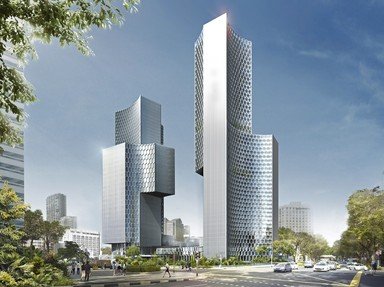Quiz Answer Key and Fun Facts
1. In cathedral architecture and design, what is a blind arcade?
2. In cathedral architecture, what is a transept?
3. A three-decker pulpit in a cathedral includes a lower section for a clerk, the main section for the sermon giver - and what else?
4. For what purpose is a tabernacle built into the design of cathedrals and churches?
5. For what purpose is a squint built into the walls of most cathedrals?
6. Where were sound holes normally placed in the design of cathedrals?
7. In which section of a cathedral is the chancel?
8. Recessed into a wall near the altar of a cathedral is a piscina. What is its purpose?
9. In which section of the cathedral do members of the congregation usually sit?
10. Cathedrals usually have hatchments displayed in wooden panelling at intervals along the nave walls. What is depicted in these?
Source: Author
Creedy
This quiz was reviewed by FunTrivia editor
looney_tunes before going online.
Any errors found in FunTrivia content are routinely corrected through our feedback system.

